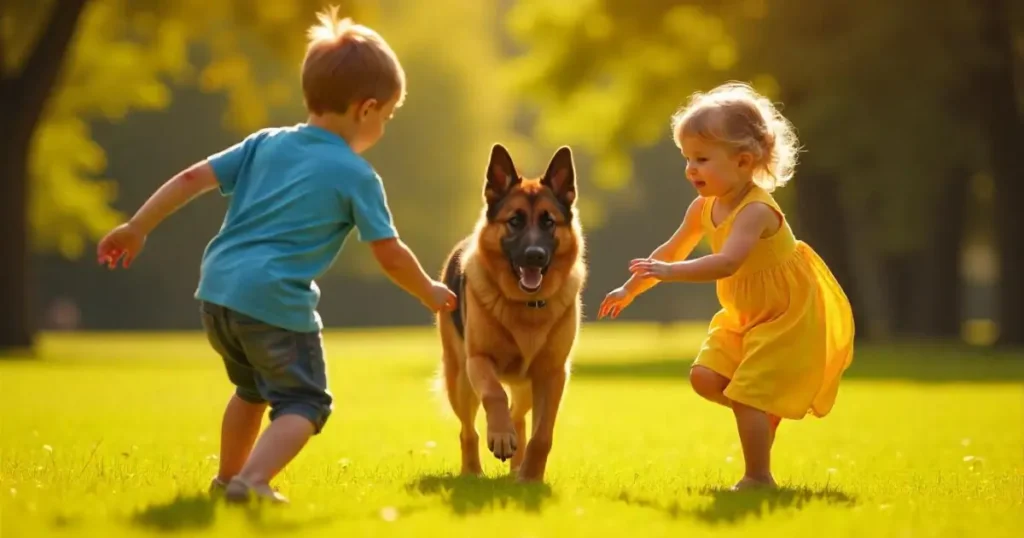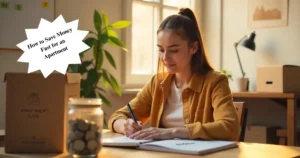Training your dog can be a rewarding experience, especially when you discover methods that work best for both you and your furry friend. If you are wondering how to train a dog without treats at home, you’re not alone. Many pet owners feel dependent on treats as the primary motivator for their dogs, but you can achieve success using other techniques. This post will explore how to train your dog without treats and delve into dog training methods that focus on building trust, consistency, and a deeper connection with your pet.

How to Train a Dog Without Treats at Home
When you begin training your dog, it’s important to understand that there are many ways to motivate your pet beyond the use of food rewards. How to train a dog without treats at home is a common question among pet owners, and there are various alternative techniques that are just as effective, if not more so, in the long run. Success comes from a combination of positive reinforcement, consistency, and patience.
Instead of treats, you can focus on other motivators such as praise, affection, and toys. Dogs are naturally social animals and thrive on attention from their human companions. By using these non-food rewards, you can foster a bond of trust and mutual respect with your dog, which is crucial for successful training.
The Power of Positive Reinforcement in Dog Training
One of the foundations of treat-free dog training is the use of positive reinforcement techniques. Positive reinforcement means rewarding your dog’s desired behaviors with something they enjoy, which doesn’t always have to be food. In this case, the reward could be verbal praise (“Good boy!” or “Yes!”) or physical affection, such as petting.
To start, you will want to focus on reinforcing good behavior immediately after your dog performs the desired action. Timing is crucial here—dogs have a short attention span, so rewarding them right after the behavior will help them associate the reward with the action. For instance, when teaching your dog to sit, the moment they do it, offer immediate praise like “Good sit!” along with a-gentle rub behind the ears. This creates a positive connection in their mind, making it more likely they will repeat the behavior.
Train Your Dog at Home: Creating a Structured Environment
Training your dog at home has its unique set of advantages. Not only does it allow you to build a closer relationship with your dog, but it also helps your dog feel more comfortable and relaxed in their own environment. However, there are several important things to consider when training at home, especially if you are a beginner.
First, create a designated training area where distractions are minimized. If possible, choose a quiet spot in your home where you can focus on training without interruptions. A calm and controlled environment helps your dog concentrate better on your commands.
Next, establish a consistent routine. Dogs thrive on routine and predictability. Set aside a few minutes each day for training, preferably when your dog is most attentive—usually before meals or after a nap. By establishing a routine, your dog will learn to associate training with specific times of day, and they will start to expect and enjoy these sessions.
Effective Dog Training Methods Without Treats
As a new dog owner, you may wonder how to proceed without relying on treats. Fortunately, there are several effective dog training methods that don’t require food rewards. Here are a-few popular alternatives to consider:
- Clicker Training: While clicker training is often used with treats, it can also be effective without them. The clicker serves as a form of communication between you and your dog, marking the exact moment they perform a desired behavior. After clicking, you can reward your dog with verbal praise or a favorite toy.
- Playtime as a Reward: Dogs love to play, so incorporating toys into your training routine can be a great motivator. If your dog enjoys fetching, you can use the toy as a reward for successfully completing a command. This makes the training process more engaging and less reliant on food.
- Verbal Praise and Affection: Dogs are social beings that seek attention and affection from their owners. Verbal praise and physical affection, like petting or belly rubs, can be just as rewarding as food. Give your dog praise right away after they exhibit the correct behavior to reinforce the connection.
- Interactive Training Games: Dogs are highly intelligent and love to use their minds. You can create simple training games, such as hide-and-seek, where your dog must follow your cues to find you or an object. These games challenge your dog mentally, keeping them engaged and learning without the need for food.
- Redirecting Behavior: If your dog is misbehaving, instead of giving them a treat for good behavior, you can redirect them by offering a toy or engaging them in another activity. This method helps teach your dog that they don’t need food to enjoy rewards, as there are plenty of other ways to engage with their environment.
No-Treat Dog Training Tips for Beginners

If you are just starting out with dog training and don’t want to rely on treats, here are some no-treat dog training tips to help you get the best results:
- Be Patient and Consistent: Training requires time and patience, especially when you’re not using treats. Have patience with your dog, and remember that training is a gradual process—not something that happens instantly. Consistency is key—ensure you are rewarding your dog with praise or affection every time they perform the correct behavior. Over time, they will begin to associate the behavior with the positive attention they receive.
- Start with Basic Commands: When learning how to train a dog without treats at home, begin with basic commands like “sit,” “stay,” and “come.” These simple commands lay the foundation for more advanced training. Use positive reinforcement and focus on building a strong relationship with your dog through praise and affection.
- Use Short Training Sessions: Dogs—especially puppies—tend to have short attention spans. Keep training sessions short—about 5 to 10 minutes—to maintain your dog’s focus and prevent them from feeling overwhelmed. You can always break training into multiple short sessions throughout the day.
- Celebrate Small Wins: Recognizing and celebrating even the smallest successes is crucial. If your dog manages to sit for just a second, praise them. These small victories will build their confidence and encourage them to keep learning.
- Stay Calm and Confident: Dogs can pick up on your emotions, so it’s important to stay calm and confident during training sessions. If you become frustrated, your dog may sense it and become anxious or confused. Stay positive, even if your dog doesn’t respond immediately.
Building a Strong Bond Through Training
Training your dog without treats doesn’t just teach your dog how to behave; it strengthens the bond between the two of you. As you work together, your dog will begin to see you as a leader who provides guidance and trust. In turn, they will become more responsive and obedient, not because of treats, but because they value the relationship you’ve built.
By using positive reinforcement dog training techniques, you’ll not only teach your dog new commands but also deepen the emotional connection you share. The process can be incredibly rewarding, and over time, you will both learn and grow together.
Conclusion
Training a dog without treats at home may seem challenging at first, but it’s entirely possible with the right techniques. By focusing on positive reinforcement, using praise and affection as rewards, and incorporating fun training games, you can achieve great results without relying on food. With consistency, patience, and the right approach, you will be well on your way to having a well-behaved and happy dog.
Remember, training is a journey, not a destination. Celebrate each small win along the way, and most importantly, enjoy the journey of learning and building a stronger bond with your furry friend.











